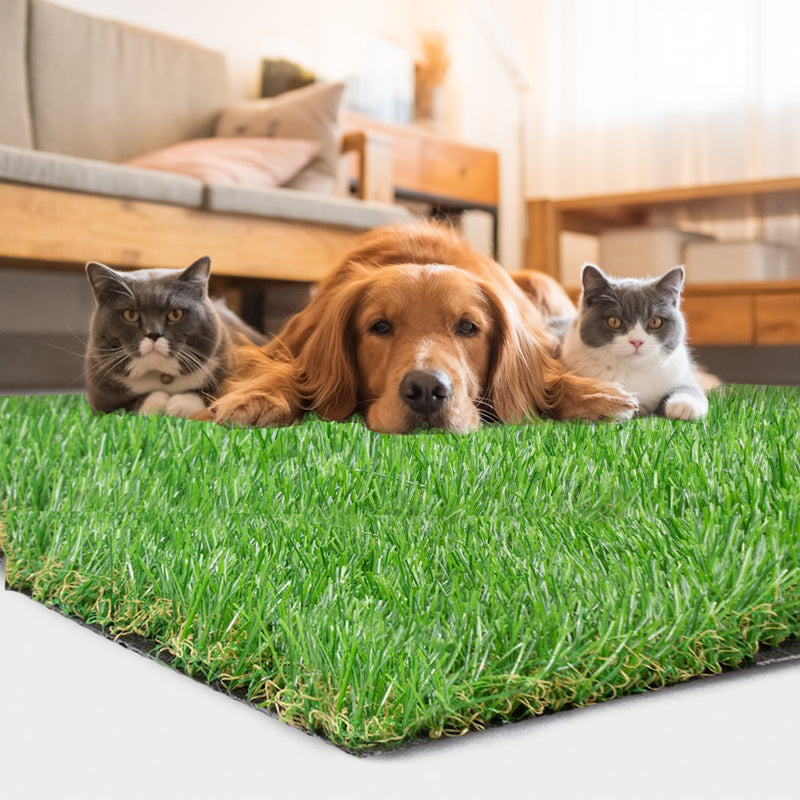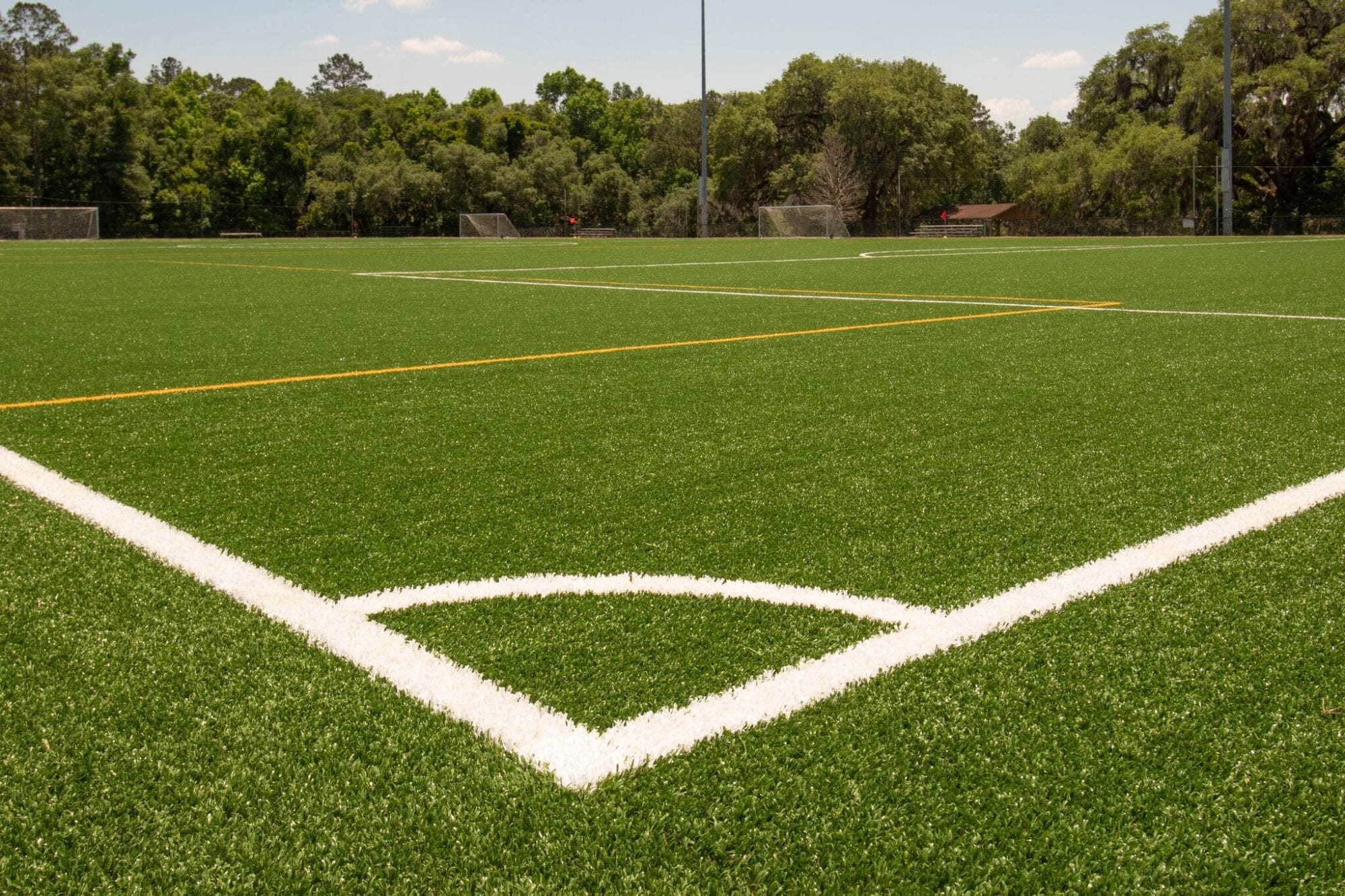Long-Lasting Arizona Artificial Turf for Residential and Business Applications
Long-Lasting Arizona Artificial Turf for Residential and Business Applications
Blog Article
Look Into the Environmental Advantages of Opting for Artificial Turf Solutions
The adoption of synthetic grass options provides a compelling opportunity to resolve pushing environmental obstacles. By dramatically minimizing water use and minimizing the application of dangerous chemicals, these options not just advertise sustainable landscape design but also shield local ecosystems. Furthermore, the reduced carbon footprint connected with decreased maintenance activities adds to a much more sustainable technique to land administration. However, the effects of these benefits prolong past simple preservation efforts, increasing questions regarding their long-term effect on habitat preservation and overall eco-friendly balance. Checking out these dimensions discloses a complicated interplay worth thinking about.
Water Conservation Perks
One of the most significant advantages of man-made lawn is its ability to conserve water. In contrast, artificial turf does not need watering, significantly reducing the general demand for water resources.
By removing the requirement for regular watering, fabricated grass adds to sustainable landscape techniques and assists alleviate the ecological influence of too much water usage. Moreover, the preservation of water expands to the reduction of overflow, which can cause dirt erosion and river air pollution.
Additionally, the installation of man-made turf permits homeowners and communities to allot water sources extra effectively, concentrating on vital uses such as alcohol consumption water and agriculture. The change towards synthetic turf not just advertises responsible water use yet likewise straightens with broader environmental goals targeted at preserving natural deposits.
As areas increasingly prioritize sustainability, the water conservation benefits of artificial grass offer an engaging instance for its adoption in household and commercial landscaping jobs.
Minimized Chemical Usage
The shift to artificial grass substantially reduces the dependence on chemical therapies generally used in all-natural yard maintenance. Typical lawn management typically includes the application of herbicides, fertilizers, and chemicals to advertise development and control insects. These chemicals can present threats to human health, local wildlife, and the environment, contributing to soil and water contamination.
In contrast, synthetic grass gets rid of the requirement for these hazardous materials. Once set up, it requires very little maintenance, largely including routine cleaning and seldom infill replenishment. This decrease in chemical usage not only benefits the prompt atmosphere but likewise adds to broader environmental security. By lessening the launch of synthetic compounds right into the environment, synthetic grass promotes much healthier soil and water supply.
Moreover, the lack of chemical drainage connected with artificial grass installations assists protect local waterways from air pollution, supporting marine life and maintaining biodiversity. Artificial turf companies phoenix. As areas progressively focus on sustainable techniques, going with synthetic grass offers a viable service that lines up with ecological conservation goals. With this change, homeowner can take pleasure in lush eco-friendly spaces without endangering environmental health, leading the way for a much more lasting future
Lower Carbon Footprint

Moreover, the setup of synthetic grass can lead to significant water conservation. Natural grass require considerable quantities of water for watering, which not only includes to the carbon footprint related to water removal and treatment however additionally stress regional water sources. In contrast, synthetic grass needs minimal maintenance, requiring no watering, consequently significantly lowering water use and its associated energy prices.
Furthermore, the long life of synthetic grass contributes to its lower carbon effect. With a life-span of approximately 15 years or even more, the need for constant substitutes is lessened, causing much less waste and lower power intake in manufacturing and dealing with typical grass choices. Generally, synthetic grass provides a lasting alternative for environmentally conscious landscaping.
Habitat Preservation
Environment preservation is a crucial factor to consider in the dispute over landscaping options, especially when comparing artificial grass to all-natural grass. All-natural lawn lawns frequently call my sources for comprehensive maintenance, including the use of pesticides, herbicides, and fertilizers, which can adversely influence local communities. These chemicals can seep into the soil and waterways, damaging native vegetation and animals and interrupting neighborhood environments.
Fabricated lawn gets rid of the requirement for damaging chemicals, thereby safeguarding close-by wildlife and preserving the integrity of surrounding communities. The setup of artificial turf can lead to the conversion of previous yard areas right into more biodiverse landscapes, such as pollinator yards or indigenous plant locations, which can support local wild animals.
Eventually, the transition to artificial grass not only saves water and lowers upkeep initiatives yet also promotes a more unified relationship in between human tasks and the native environment, advertising habitat conservation at the same time.
Long-Term Sustainability
Long-term sustainability is a vital variable in evaluating the benefits of synthetic grass over typical lawn lawns. Among one of the most substantial benefits of artificial grass is its toughness; it can last as much as 15-20 years with minimal maintenance, whereas natural yard requires frequent reseeding and replacement. This longevity decreases the demand for continuous resources, such as water, fertilizers, and chemicals, which are crucial for keeping a healthy and balanced yard lawn.
Furthermore, synthetic grass adds to a reduction in carbon discharges associated with grass treatment tools. Standard yards commonly require gas-powered mowers, leaners, and blowers, all of which add to air pollution. Arizona turf. In comparison, synthetic grass removes the need for such tools, promoting a cleaner environment
Moreover, the production of synthetic turf significantly makes use of recycled products, enhancing its sustainability profile. As manufacturers embrace eco-friendly practices, the environmental footprint of synthetic grass remains to diminish.

Verdict
The fostering of fabricated lawn options provides considerable ecological advantages, consisting of substantial water conservation, decreased reliance on damaging chemicals, and a lower carbon impact. Furthermore, synthetic grass aids in protecting all-natural habitats by reducing land disruption and advertising long-term sustainability with the use of resilient products. Jointly, these variables underscore the potential of synthetic grass to contribute positively to environmental health and provide a practical option to standard landscaping techniques in a significantly resource-conscious globe.
In comparison, man-made turf does not need watering, significantly reducing the overall demand for water resources. By minimizing the release of synthetic substances right into the ecological community, man-made lawn advertises much healthier dirt and water systems.
Moreover, the installment of synthetic lawn can result in considerable water preservation. In contrast, synthetic lawn needs minimal upkeep, needing no watering, thereby dramatically minimizing water usage and its linked energy prices.

Report this page